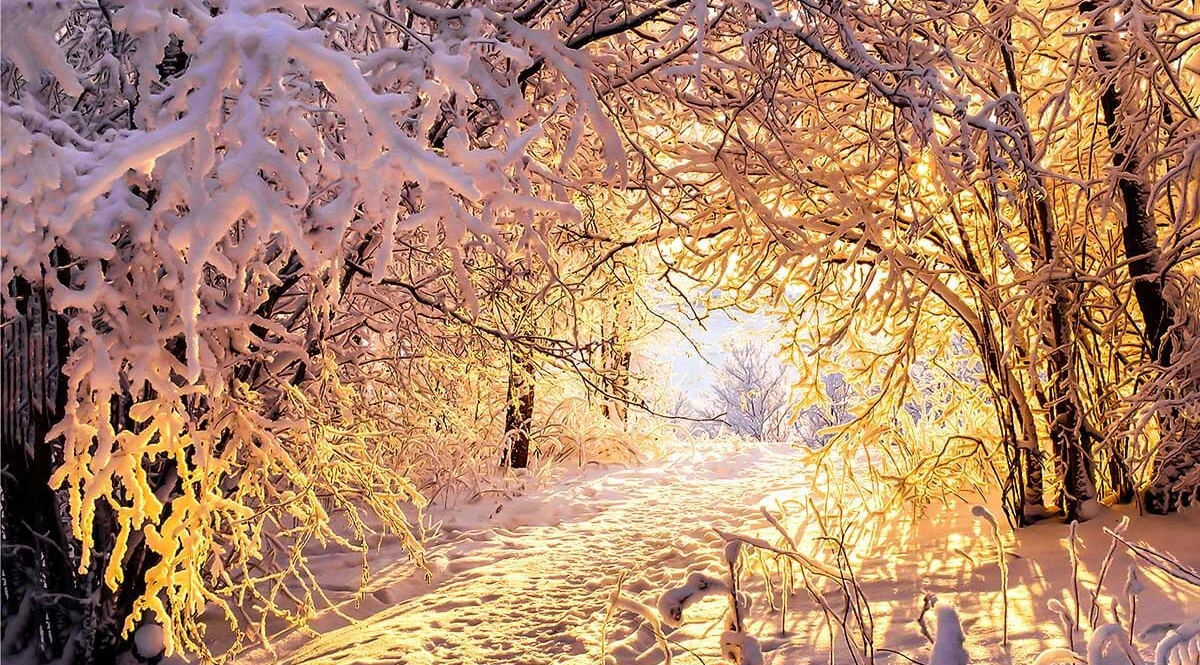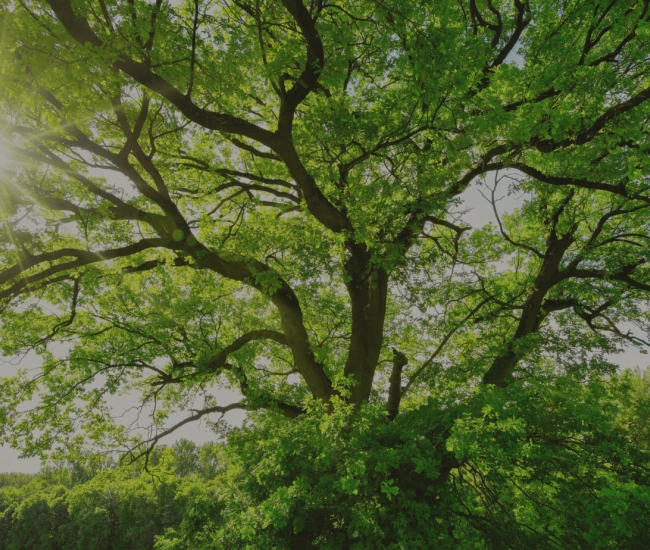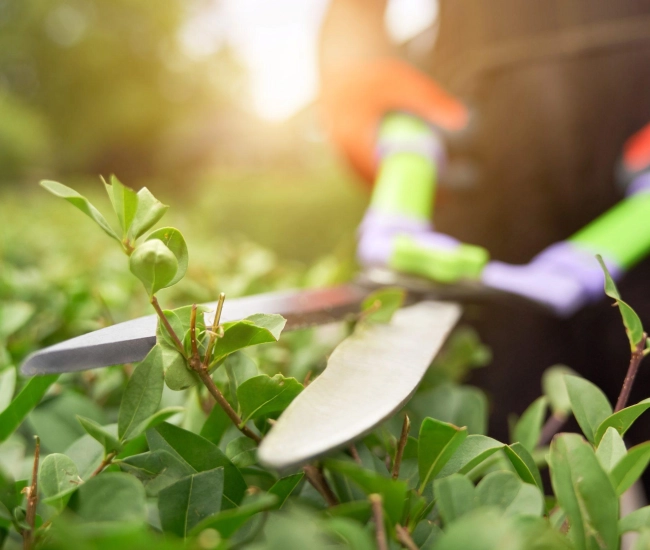
Text by Hélène Baril – Horticulturist, speaker & author
__
On a beautiful winter day, during a walk around the lake, a majestic tree with a graceful shape and arched branches catches your attention. A little further away, slightly set back, a small shrub stands out with its flaming red stems. In summer, it would be easy for you to identify them by the shape and color of their leaves, but in winter, how can you know which tree and shrub it is since they are stripped of their foliage? However, there are many indicators that allow for the accurate identification of many woody plants, both in summer and winter.
Identification keys
There are many botanical keys based on very specific characteristics unique to the species of trees, shrubs, and conifers of Quebec, allowing for the identification of woody plants in winter. How does it work? It's all a matter of elimination. The most apparent characteristics such as branches, leaves (if persistent), buds, and bark serve as the basis for creating a key. Then, you just need to choose from the proposed options those that resemble the tree or shrub you want to identify and continue your elimination until the final proposal which, as a rule, allows you to know the species you are looking for.
(There are many horticultural references on the subject)
Buds and leaf scars
The arrangement, shape, color, and texture of the buds reveal many clues to identify the species studied. Arranged in pairs on either side of the stem, they are called opposite buds; if, on the other hand, they are arranged alternately on each side of the stem, they are called alternate buds. By examining them more closely, you can check their texture, smooth or composed of scales, their shape, narrow or globular, and their color, glossy or matte.
Deciduous plants reveal scars on their branches when their leaves detach in the fall. These marks, visible in winter, by their shape and arrangement, are also very good clues for identifying your woody plant.
Branches and bark
The stems (branches), whether young or old, can assist you in your search. Are they thorny, smooth, winged? Is their color distinctive (red, yellow, greenish, etc.)? Is their habit erect, arched, spreading? All these characteristics are unique to each woody plant species and are found in the identification keys.
The bark is also a significant source of information. At the end of autumn, when trees and shrubs have lost most of their leaves, the bark becomes more visible, revealing all its unique features. It displays varied colors, often brown or gray but also brighter shades such as purple, red, orange, or yellowish. Each specimen is quickly differentiated by the smooth or cracked appearance of its bark. Young trunks are, however, less revealing as their specificity has not reached maturity. The bark of trees or shrubs that have reached a certain maturity is easier to identify.
Other useful clues...
The leaves attached to the branches, the nourishing fruits still present, the silhouette of the specimen, and its geographical location are also clues that facilitate the identification of woody plants in winter.
With a good botanical key in hand, a camera, and your curiosity, you are now ready to discover the winter flora of your region.

Happy hiking!
Tips and advice



